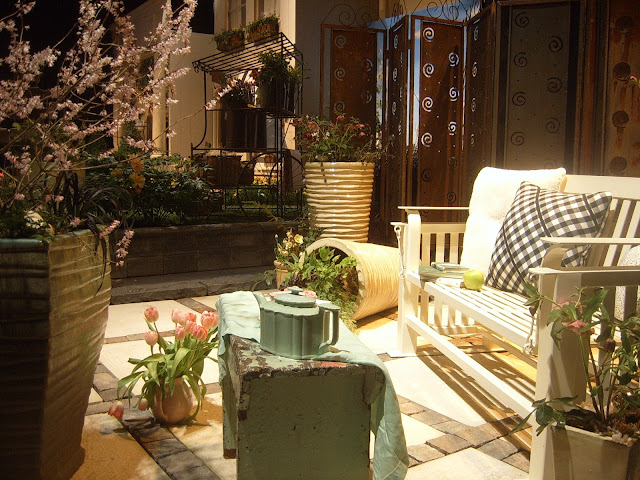Once upon a time I would stand in front of a classroom of high school students and say, "You are going to write for ten minutes. You're going to put your pen on your paper and write without stopping. If you cannot think of what to write next, just repeat the last word you wrote until you think of the next word. Remember, the point is to keep writing, to keep creating. You're not going to stop and think about what you've already written, or stop and think of how you want to write the next sentence. You're not going to edit. For ten minutes you're going to write without stopping. You're going to create."
There are times, when I first talk to a Design client, that I'm reminded of this writing exercise. During our first conversation a client might say she knows she wants things in her garden that she cannot have. She doesn't have the money, or she doesn't have the room, or she wants something that probably won't grow here. And I hear editing interfering with creating.
The best Garden Design, just like the best writing, happens when one creates and, then, edits.
When I begin a Design collaboration with a client I encourage her to tell me everything she wants in her garden, everything she has ever wanted, everything she can imagine wanting in the future. At the beginning of the creative process we need to be uncensored. We need to imagine what we want--a water feature, multiple roses, a secret garden. We can eat and entertain in our garden, we can find a quiet spot to sit and read, we can grow a climbing rose outside the dining room window, we can find space for a red-stem dogwood with winter-blooming hellebore tucked beneath the branches.
Before editing begins there is the dream garden. And good Design will result in that dream becoming reality.
(David Olinger took the pictures in this post.)




































